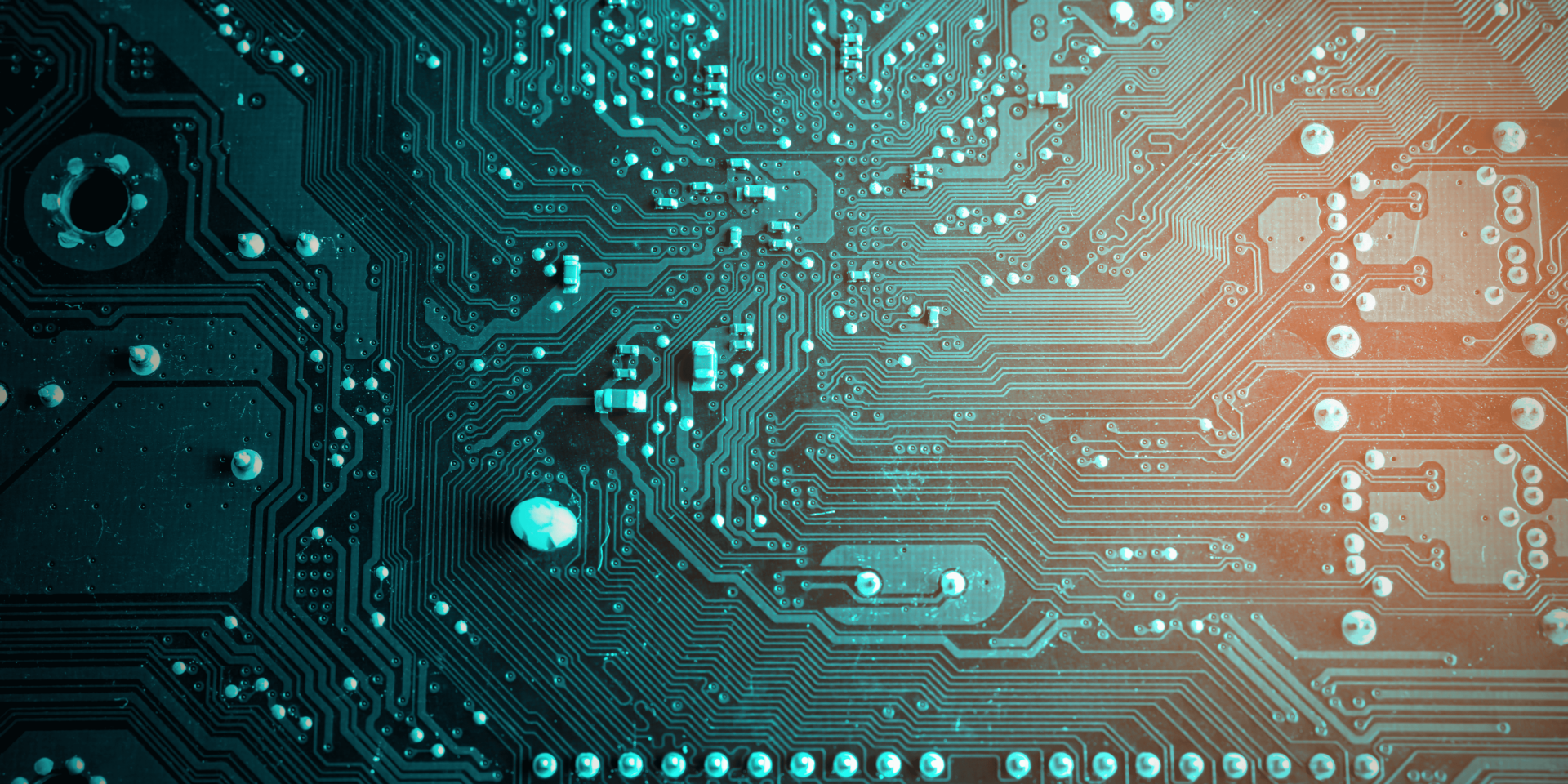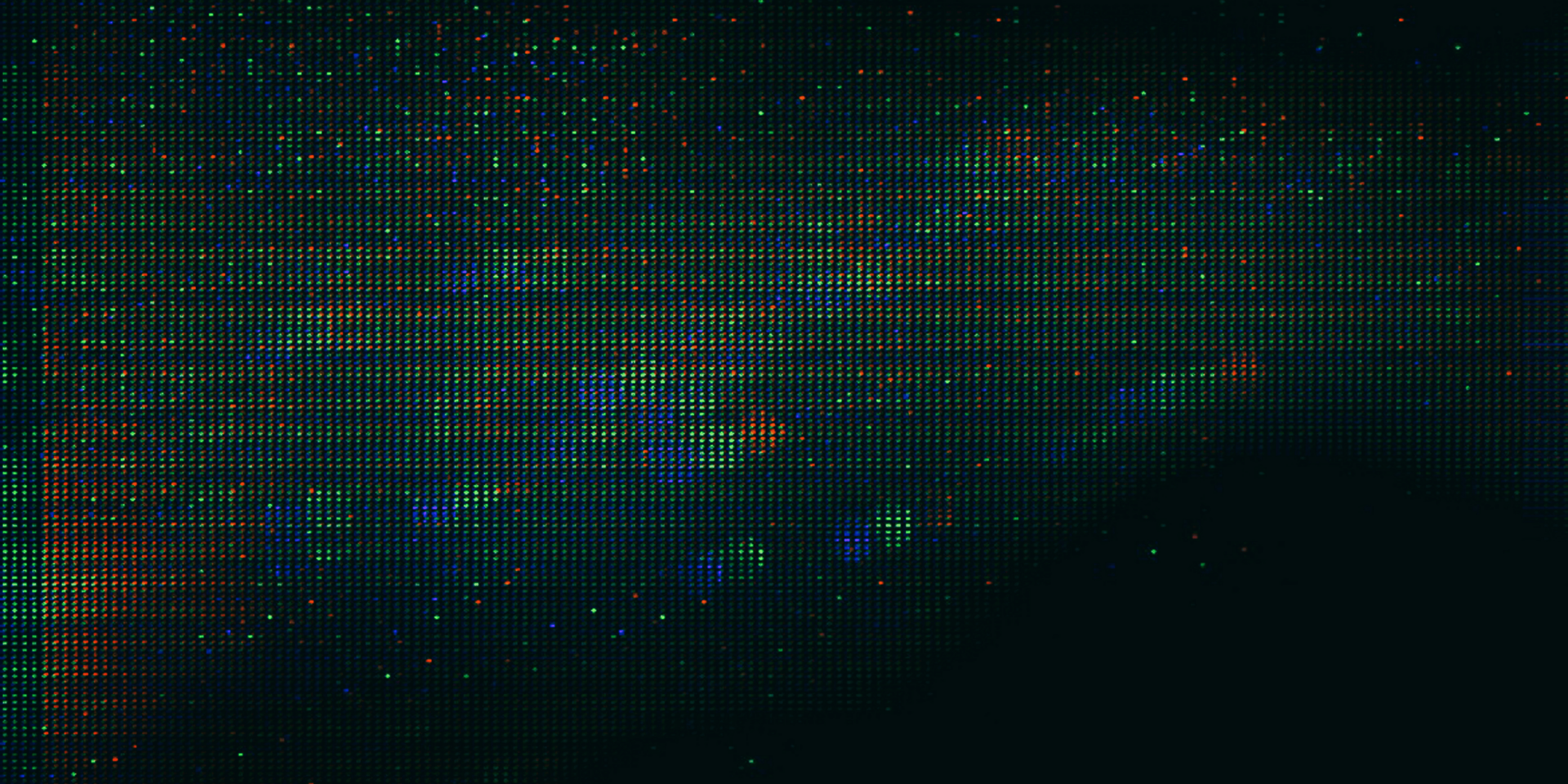Analog media shaped how we consume, create, and value content. From sound and visuals to storytelling and pacing, its influence continues to shape digital experiences today.
A person scrolling through a music platform may not realize that the grainy textures, warm tones, and layered sounds they encounter are all drawn from analog traditions. Even without the original equipment, digital media still borrows the character of tape, film, and broadcast signals to connect with users in more personal, emotional ways.
Static in Analog Media Added Depth and Atmosphere
In analog formats, static wasn’t just noise—it added atmosphere. Whether it came from vinyl, cassette tapes, or radio signals, that layer of imperfection created a sensory environment. Today, digital creators reproduce that quality to evoke the same emotional tone.
Imagine someone watching a video with flickers of grain or subtle hums beneath the audio. These imperfections are added by choice, not accident. They bring emotional weight and texture that makes digital content feel grounded, familiar, and human.
The Analog Sound Signature Still Resonates
Analog sound introduced warmth and subtle distortion that shaped how music feels. Tape hiss, record pops, and the natural compression of analog gear created a sound signature that listeners still seek today. This sonic quality influences not just music production, but also branding, advertising, and product design.
In a realistic scenario, a music producer adds analog-style saturation to a clean track. This isn’t to fix a flaw—it’s to shape the emotional tone. Even on modern platforms, listeners respond to these cues with stronger emotional engagement because the sound feels more “real.”
Film-Based Visuals Guide Digital Storytelling
The visual language of film—its colors, shadows, and pacing—set standards for how stories are told. Even as content moves to digital screens, the influence of analog film remains. Filters, grain, light leaks, and frame rates from earlier formats continue to guide visual design.
A content creator working on a digital series might use a 4:3 aspect ratio or faded color scheme to match the tone of older television. These stylistic choices help build mood and context. Viewers don’t need to know the history—they simply feel the difference.
Physical Limitations Encouraged Creative Discipline
Analog media came with built-in limits. Artists and producers worked within the boundaries of time, space, and materials. These limitations shaped the creative process, leading to more deliberate choices. That discipline still influences modern creators who embrace minimalism and structure.
A designer working on a digital magazine might intentionally limit font choices, screen space, or motion effects. These decisions aren’t about scarcity—they’re about focus. The analog mindset encourages thoughtful, measured design that respects attention spans and builds stronger impact.
Broadcast Media Shaped Timing and Flow
Radio and television relied on scheduled formats. Content had to fit time slots, hold attention, and deliver impact within fixed windows. This structure trained audiences to expect certain rhythms, and it trained creators to meet those expectations.
Today’s streaming and digital platforms may offer flexibility, but many still mirror the timing and flow of traditional media. A news podcast may follow the pacing of radio reports, and online ads may mimic the quick punch of TV spots. The analog model still shapes how information is packaged and delivered.
Tactile Media Created Emotional Connections
The physical nature of analog formats helped form emotional bonds. Holding a record, flipping through a photo album, or threading a VHS tape added a layer of interaction. Those experiences helped people connect more deeply with content.
While digital tools remove the need for physical action, designers now add visual and sound cues that simulate those tactile moments. A reader flipping through a digital comic may hear a soft page-turn effect. That cue doesn’t serve a function—it supports memory, mood, and user connection.
Memory Anchors Strengthen User Experience
Analog media often involved rituals—winding film, setting dials, cleaning records. These moments became part of the memory. Users associate content with the effort, making the experience feel more valuable.
Today’s platforms mimic that sense of ritual through interface choices and feedback. A journaling app may require a “pull to write” gesture that mirrors opening a book. That action becomes a memory anchor. The emotional depth of analog design becomes part of the digital habit.
Retro Aesthetics Reinforce Authenticity
Many modern products use analog-inspired visuals to signal trust and authenticity. Grainy textures, muted colors, and mechanical details evoke a sense of craft and permanence. These features help digital tools feel more personal and less disposable.
A person browsing a productivity app might be drawn to one that looks like a vintage notebook. The appeal isn’t just visual—it’s emotional. The analog aesthetic reassures users that the product was made with care, and that their input has meaning.
Analog Techniques Influence Digital Craft
From storytelling to editing, analog methods continue to shape how digital creators build narratives and experiences. Whether through time-based transitions, limited color grading, or physical-sounding effects, these choices reflect a legacy of restraint and craftsmanship.
An editor working on a documentary might intentionally leave in ambient noise or a cut that feels rough. That choice isn’t about nostalgia—it’s about honesty. The analog approach values what feels real over what looks flawless.
Analog Influence Still Shapes Digital Expression
Analog media has not disappeared. Its influence lives on in the details of modern digital life—from sound design and user interfaces to emotional pacing and visual tone. These elements remind users that behind every digital interaction is a human effort to connect, tell a story, or create meaning.
Between static and signal, we still find value in imperfection, rhythm, and touch. By embracing the lessons of analog design, today’s creators craft experiences that don’t just function—they resonate.



